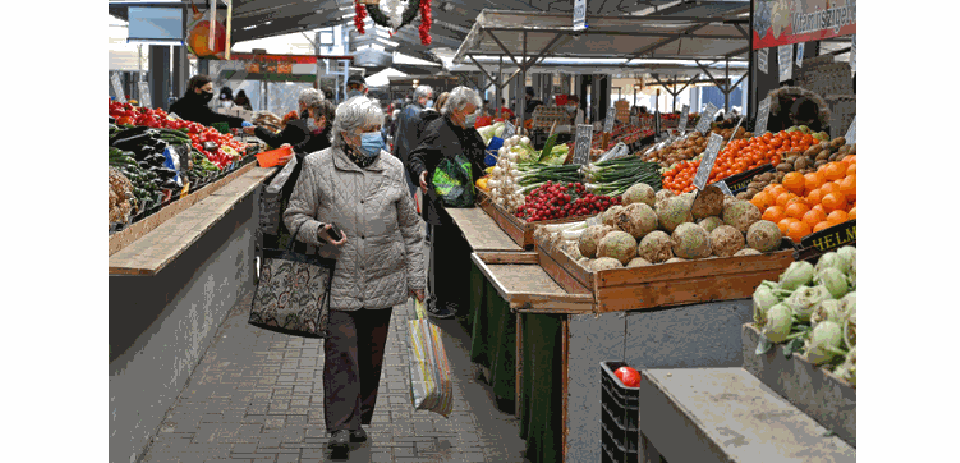The number of the destitute decreased by 40 percent, and according to Eurostat data, the proportion of poverty in the Union was reduced to the greatest extent in Hungary.
One of the opposition's often voiced campaign elements is the vision of growing poverty, and their Prime Minister candidate claims every day that "Hungary is the second poorest member state of the European Union". But that's quite simply a lie. The facts prove that the number and proportion of the poor decreased significantly between 2010 and 2020. According to data from the Central Statistical Office (KSH), in this period the proportion of the poor - i.e. the proportion of those exposed to the risk of poverty or social exclusion - decreased from 31.5 percent to 18.2 percent.
In 2010, there were still 3.093 million people affected, and in ten years, 1.341 million people left this circle - that is, forty percent of them. Based on Eurostat's figures, it can be stated that domestic processes are also extremely positive in the international arena: in the EU, between 2010 and 2019, poverty declined to the greatest extent in Hungary.
While in 2010 almost a quarter of the population still had arrears related to loan repayment or housing, in 2020 only 11 percent of the population was involved in this, while in 2010 almost three quarters of people did not have cover for unexpected expenses, by 2020 this is already it was only typical of a little more than a third of the people, until in 2010 almost a third of the population could not eat meat every two days, this decreased to 12 percent by 2020, until in 2010 two thirds of the population could not afford a one-week holiday every year, until 2020 this could be said for forty percent of the population.
In addition to all of this, the events of the last ten years clearly illustrate what happened to certain particularly disadvantaged social groups, and how their level of poverty changed. Also, based on KSH data, the proportion of poor people in households with children was more than a third (35.3 percent) in 2010, and this has decreased to 17.6 percent by 2020 – that is, it has halved. In 2010, half of two-parent, three- or more-child families were still affected by poverty, while in 2020 only nearly a quarter of them (23.7 percent) were. But poverty also decreased significantly in single-parent households: this value decreased from the nearly sixty percent rate in 2010 (57.4 percent) to 37.3 percent.
In the case of the Roma, data is available from 2013: at that time the vast majority of them were considered poor (89.9 percent), by 2020 this can be said of "only" two-thirds of them (66.6 percent) - that is, the number of poor Roma has decreased by about a quarter. To a lesser extent, pensioner poverty also decreased: in 2010, it affected one fifth (21.3 percent) of pensioners, while in 2020, it affected 18.8 percent. The level of poverty among those under 18 has halved: in 2010, 40.4 percent of 0-17-year-olds were poor, and in 2020, 20.2 percent of them.
The full article of Magyar Hírlap can be read here.
Author: Csilla Korompay
Photo: MH/László Katona












